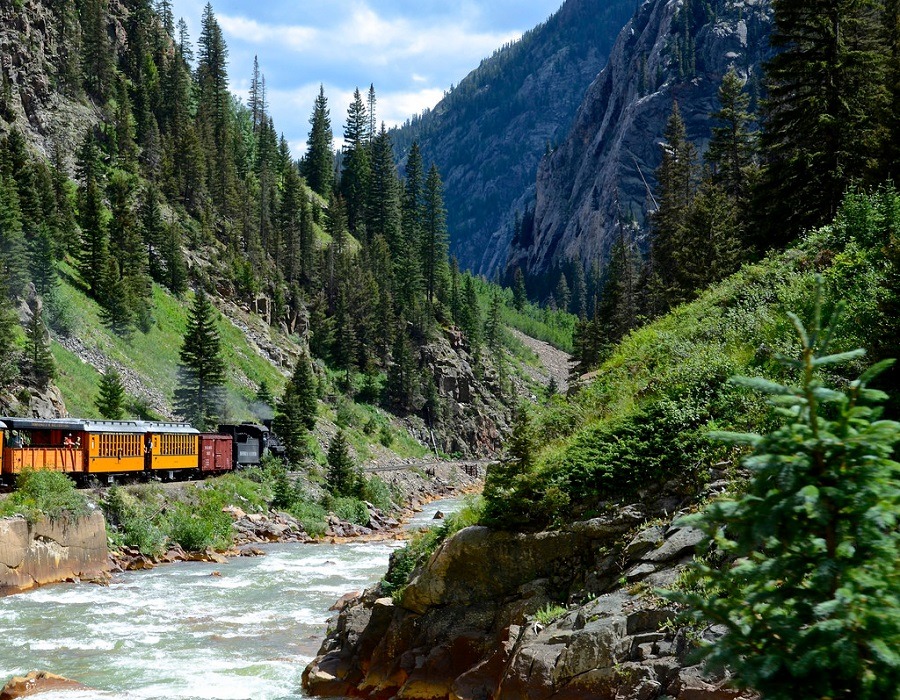
August 11, 2015; NPR, “The Two-Way” and CNN
Despite being tasked to protect and advocate policy in the interests of the environment, conservation and environmental groups have long charged that the Environmental Protection Agency has not always acted in accord with its own guidelines. Last month, nine environmental groups, including the National Resources Defense Council, the Environmental Justice Health Alliance for Chemical Policy Reform and People Concerned About Chemical Safety joined a suit against the EPA opposing a rule that limited which waterways were protected under the Clean Water Act, and subsequently, would affect safeguards for drinking water. Now, only two months later, groups are outraged that the EPA spilled an estimated three million gallons of water contaminated with heavy metals and other pollutants. As a result, two rivers and seven public water supplies have had to be closed off in New Mexico and Colorado.
The spill began last Wednesday when a team from the EPA was using equipment to enter the Gold King Mine in Colorado. In the process, it released millions of gallons of wastewater from old mines into the Animas River, which extends into Utah. EPA officials said the river would be closed until August 17th at least. The EPA chief has come forward, apologizing and taking responsibility for the spill.
The river has turned a disturbing shade of orange due to the variety of contaminants, which include copper, cadmium, arsenic, and zinc. While the river has been returning to its normal blue-green shade as contaminants continue to move downstream, anger and confusion over the incident remains.
For locals who consider river the “heartbeat of the community,” the polluted water only adds to their frustrations over how the EPA monitors kayaking and fishing in the river normally. Others who live on the river and use it as a water source have expressed their grief as the water became undrinkable.
“We came out here together, and we looked at the river and we cried,” Rosemary Hart told CNN affiliate KRQE. “I’m here on my property and I cannot shower, I cannot cook,” Hart said.
“I cannot do anything with the water from my water well,” she continued.
Then there are the businesses that earn their revenue from rafting and other activities in the river. “One day business is booming, and the next day, boom, it’s shut off,” said Andy Corra, the owner of 4Corners Riversports, a company that specializes in water sports on the Animas River. “It’s a huge bummer for the whole industry.”
Sign up for our free newsletters
Subscribe to NPQ's newsletters to have our top stories delivered directly to your inbox.
By signing up, you agree to our privacy policy and terms of use, and to receive messages from NPQ and our partners.
There is similar anger among officials concerned the contaminants might make their way to Lake Powell on the Utah and Arizona border, which would affect Navajo tribes that use the water. “Two Navajo Nation towns along the San Juan River in Utah have already shut off their water systems and have water trucks standing by,” says NPR’s Howard Berkes. “Navajo tribal officials have declared a state of emergency. Two other towns downstream use wells instead of river water, but state officials are monitoring those wells.”
New Mexico governor Susana Martinez, who has also declared a state of emergency, directed her ire toward the EPA because she says she was only informed of the spill by a local Native American tribe, not by the Agency or any federal government official.
“They knew that that was going to flow right into the state and we could’ve worked faster and harder to minimize the impact on the state,” said Martinez to KRQE. Indeed, among others, there is also a serious question about the long-term impact of the pollution, for which the EPA has had few answers.
In particular, resident and state officials are very concerned about the long-term impact of the pollution. EPA’s regional administrator Shaun McGarth has said that while no health issues have been found so far, “[they’re] going to continue to monitor that situation, because there could be some impacts that occur over time.”
But state officials have a very different perspective. “Over the next few days, the waters in the river are going to clear up,” said Jeff Witte, New Mexico’s agriculture secretary. “That’s doesn’t mean they’re safe, folks.”
But is there reason to be concerned? According to the EPA, despite a spike in metal concentrations in the water, those levels have been “[begun] to return to pre-event conditions” as early as Thursday of last week. However, the EPA admits other levels of the metals are still very dangerous, with arsenic 26 times the level permitted by the EPA and lead an astronomical 12,000 times higher than the acceptable level.
Locals like Hart have echoed the sentiment, showing concern for the unknown impact of the pollution. “My first concern is the next generations, and what they’re walking into.” The EPA has opened the claims process for anyone looking to file a complaint against the agency.—Shafaq Hasan













